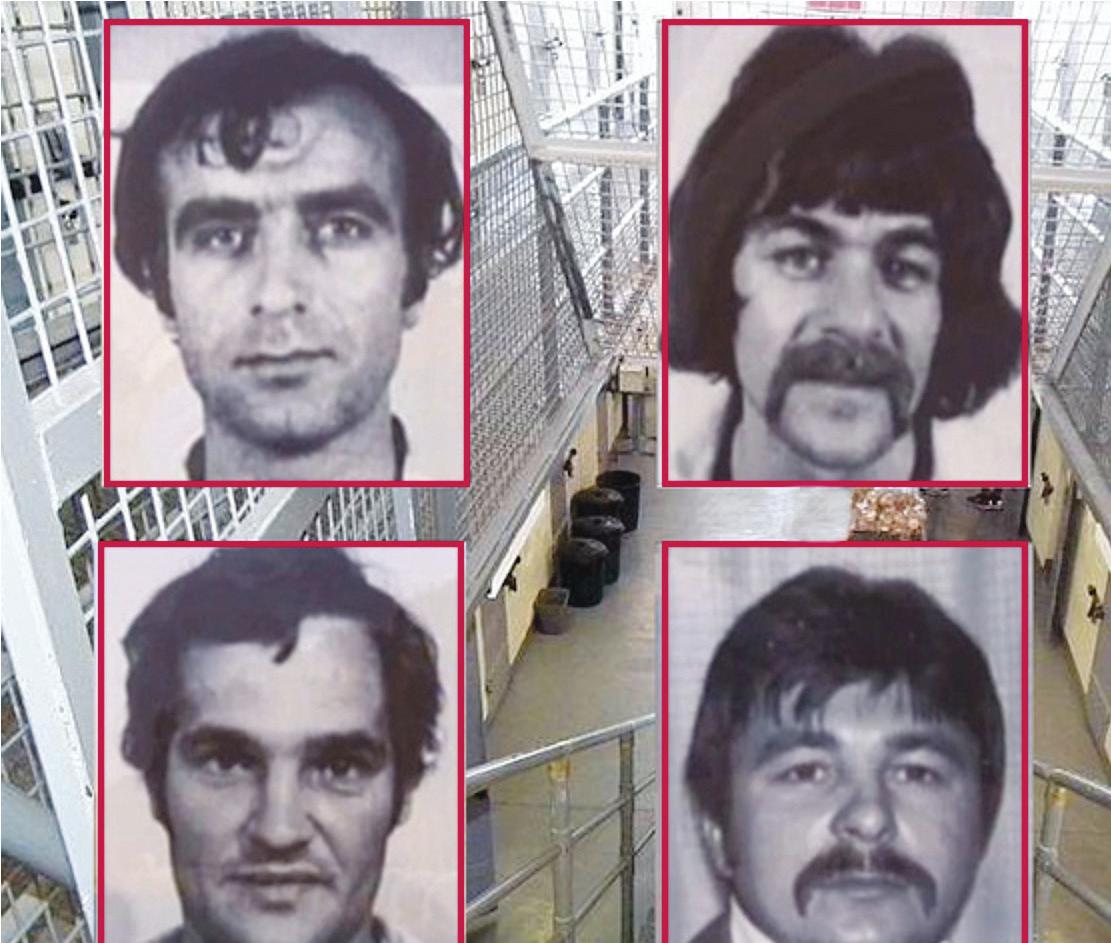
4 minute read
NSW Supreme Court appoints wellknown judge for Croatian 6 Inquiry
preme Court in 2009 and has worked on both defence and prosecution.
Early on in his career, Justice Hulme assisted Justice James Wood in overturning the Ananda Marga convictions during the Royal Commission into the New South Wales Police Service, also known as the Wood Royal Commission, that was held between 199597. The Ananda Marga case or the Yagoona 3 case was in many ways eerily similar to that of the Croatian 6.
Advertisement
Having served six years behind bars for the 1978 Hilton bombing, the Yagoona Three were pardoned after a judicial inquiry cast doubt on the evidence of their key accuser, the police informer Richard Seary. But the similarities do not stop there as some of the arresting police were the same in both cases, now both widely accepted as being some of Australia’s most notorious miscarriages of justice.
However, the incredulity in the Croatian 6 case went a couple of steps further. Firstly, in the Croatian 6 scenario, there was no bombing unlike with the Hilton tragedy and secondly, the ‘evidence’ looked positively cartoonish: for example, sticks of gelignite sticky taped to old-fashioned alarm clocks just as one example.
To this day, this trail holds the infamy of being Australia’s longest criminal trial.
In a 1991 ABC Four Corners program, Virkez, admitted he had received undercover training which came from his membership of the Serbian Black Hand, had been acting as a spy in Australia, had lied at trial, had been coached and told by police things that he needed to say, had made deals with the authorities, and had thought that the Croatian 6 were innocent.
Despite that, on 13 July 1994 the Governor of NSW refused applications for a retrial. As to the police of�icers’ evidence, all six men denied that they had made the confessional statements which police sought to attribute to them and four of the six alleged they had been severely beaten by police.
Further, except for one man, the men denied possessing explosives or associated equipment and contended that the police evidence of �inding the explosives and equipment had been “planted” on them. In the other case, it was suggested that Virkez (said to be a Yugoslavian spy) had stolen these himself from a power station.
According to various reports, disgraced former detective Roger Rogerson, one of the arresting of�icers later admitted that planting fake evidence during the 1970s and 1980s was all part and parcel of police culture. Despite a strenuous defence all six were convicted and sentenced to serve 15 years imprisonment.
In 2012, Hamish McDonald, a journalist with the Sydney Morning Herald, published a short e-book, Framed, which dealt with the Croatian Six case, then in 2016 following this up with his in-depth book Reasonable Doubt, which exposed the entire case as being a false �lag operating, most probably run by the Yugoslav Intelligence Service (UDBA).
Says Sebastian De Brennan, the criminal and human rights lawyer who has been working to see the Croatian Six declared innocent since 2012: “At the time of their arrest in 1979 the Croatian Six were members of Croatian national organisations that sought the creation of an independent Croatian state. The Croatian Six were charged with a number of serious offences including conspiracy to bomb as well as explosives and �irearms offences. All the men, bar one, were also charged with conspiracy to murder.”
“During 1980 and early 1981, their trial took place. At the time, it was the longest trial in Australian legal history, occupying 172 sitting days.”
“111 witnesses gave evidence. Security precautions not before seen in Australian courts were adopted including a helicopter overhead and police on the roof of the court building at Taylor Square in Sydney. To give an indication as to just how large the trial was, the trial transcript alone exceeds 5,000 pages,” says De Brennan.
John R. Schindler, a professor of national security affairs at the U.S. Naval War College said that the Croatian Six affair was “a ‘classic’ agent provocateur operation run by the intelligence agency of the then communist regime in Belgrade, known as the UDBA, against exile communities that were against the Yugoslavian federation.”
He also claimed that former UDBA of�icials said that the Croatian Six case was “one of their great successes” in completely discrediting the Croatian Australians. According to Schindler, Australian Security Intelligence Organisation would have - or at least should have - been aware of UDBA’s involvement.
According to the NSW Supreme Court, the inquiry into the Croatian 6 case is set to begin in the second half of 2023.
Story Leo TOLO
Photos Photos: Juli Cirjak, Leo Tolo and various �ishers
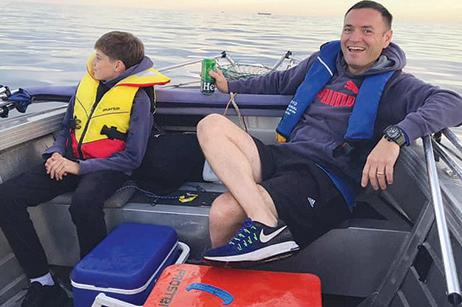
Finally, after 3 postponements due to windy weather, we were able to go ahead with CrabFest 15 with perfect weather conditions! It was �inally calm and still after weeks of windy weather and our crab �ishers were keen to launch their boats and get on the water.
The water wasn’t crystal clear like previous years but it was very calm early morning so it wasn’t long before the �irst nets were pulled, the �irst crabs were on-board and the �irst Sljive and pive were opened.
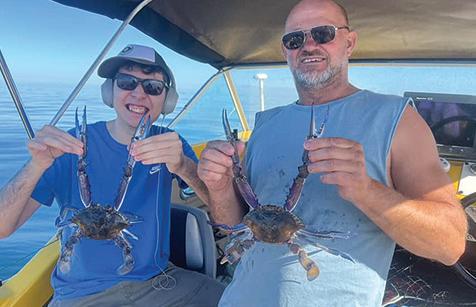
We had eleven boat crews this year spread out along Adelaide’s coastline from Outer Harbor down to Grange beach - approx. 18kms, with one shore crew - raking for crabs from Thompson’s Beach on Adelaide’s northern coastline.The boat crews used 6-8 nets per boat, bait included �ish heads and �ish frames in 5-8 metres of water to catch their crabs. Chicken carcases are always popular but due to legal requirements we can’t talk about that.
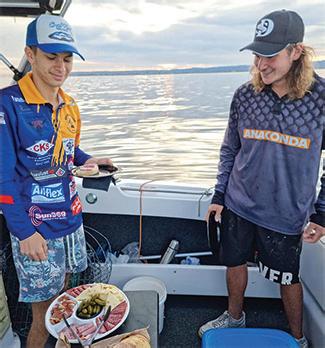

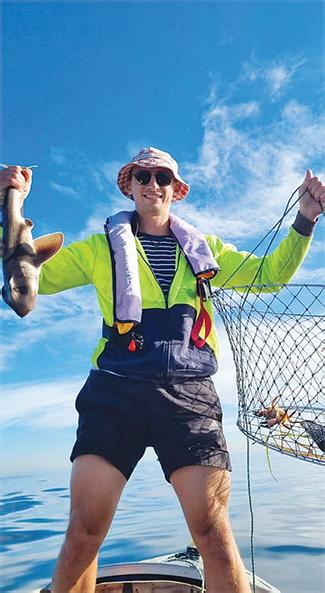
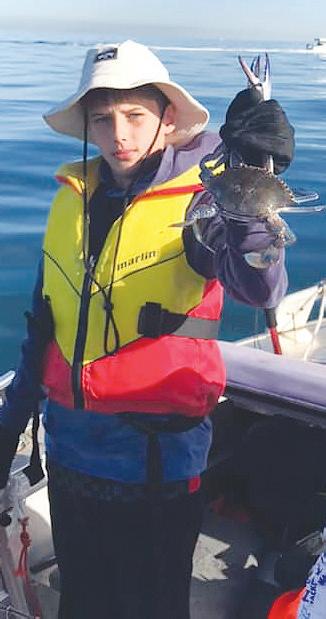

Two boats came back early with their 60 crabs boat limit (Royal Ajvar and Mokra Krpa), the rest had to try hard to complete their catch.
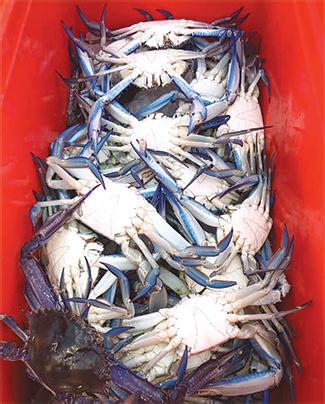
Counting and measuring took place as each team returned to the Croatian Sports Centre Adelaide and the crabs were quickly cleaned and cooked ready to serve, from sea to plate within a few hours - the freshest seafood meal in all of Australia. It was great to see no time wasted with a range of boats on trailers at the Centre on display.
435 crabs were caught this year - approx. 95 kgs - which was enough to feed the lunch attendance with lots of crabs left over to take home,
The menu included delicious Croatian ‘Brudet’ style crabs, the very popular ‘Chilli Crabs’ and also plain cooked crabs. After lunch, the awards were presented, sizes revealed and new champions crowned.
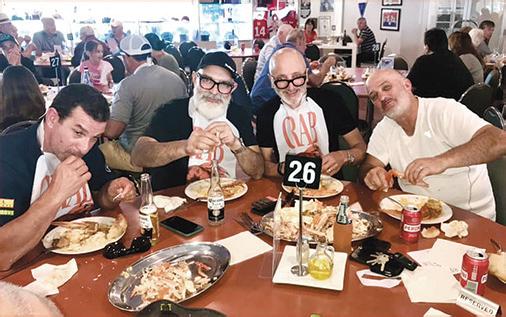
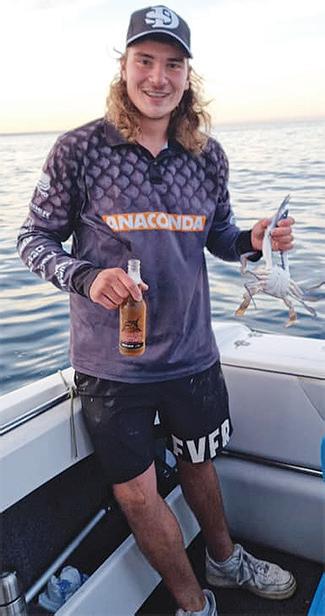
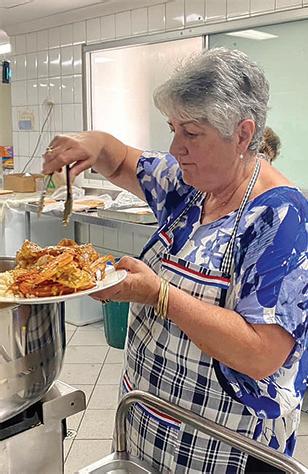
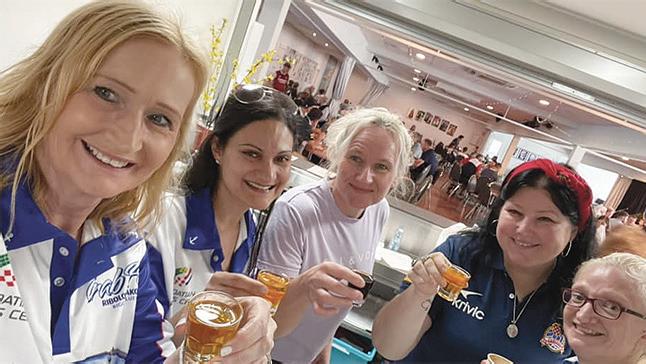
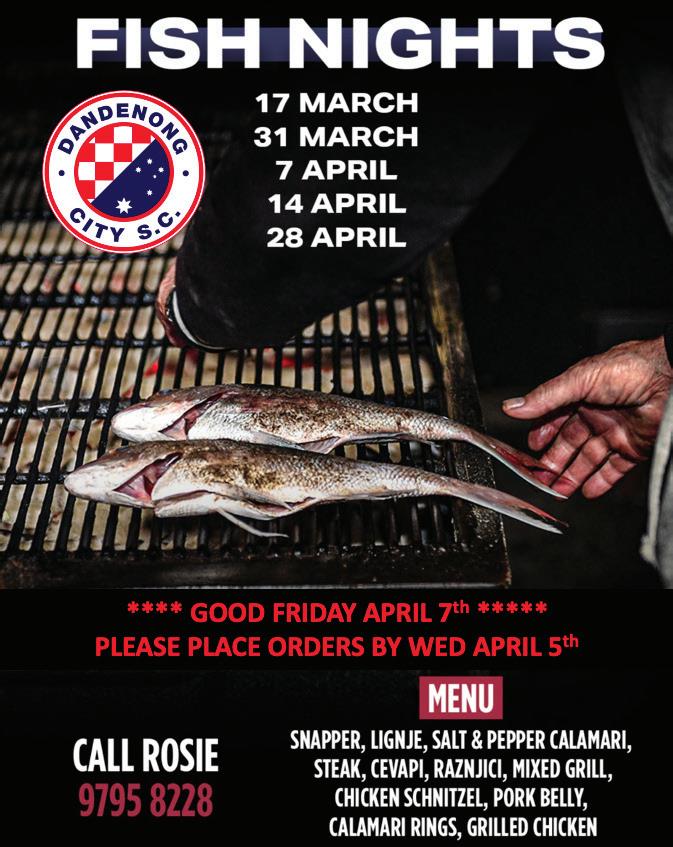
Awards as follows:
- Biggest Crab: 64cm. Team:
“Royal Ajvar” (Captain Frank Passalaquca with Brane Ripa as main crew member)
- 2nd Place: 63cm. Team:
“SSC” (Anthony Skara, Branko Šuica, Jack Cvitan)
- 3rd Place: 60cm. Team:
“Mokra Krpa”
- Junior Award: Team: “Pull it till its Blue” (The best crew of junior �ishermen)
- Hard Shell Award: Team:
“Milans” …for raking on the beach and then travelling 1 hour drive up and down the northern beaches on search of more crabs - without a boat.
- Rusty Net Award: Team:










